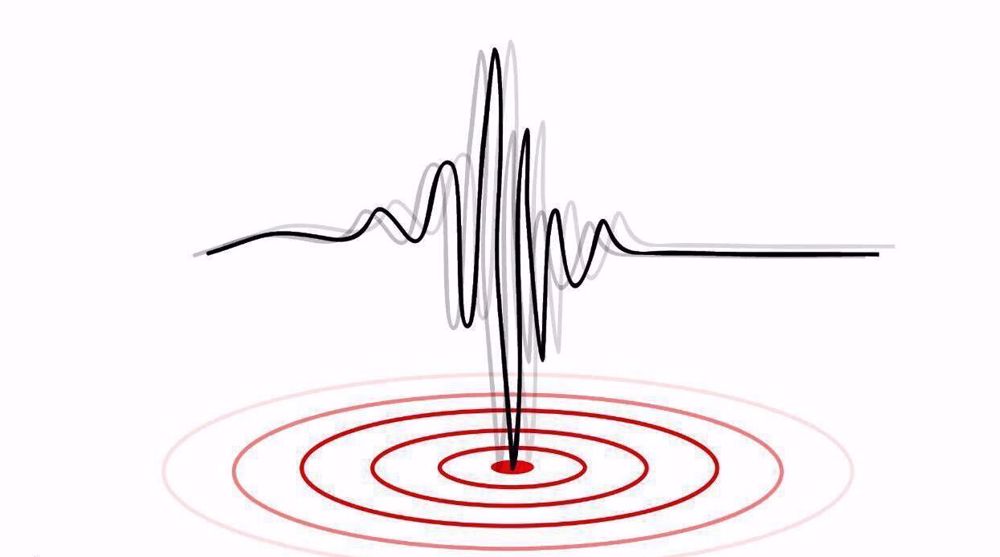Historic deal reached on marine sanctuary in Antarctica
Twenty-four countries and the European Union agreed to create the world’s largest marine reserve in the Antarctic Ocean next to the frozen continent.
The deal to make the Ross Sea in the Antarctica the world’s first large-scale marine park in international waters was clinched on Friday in Hobart, Australia.
The agreement comes after years of diplomatic wrangling and high-level talks between the US and Russia, which have rejected the idea in the past.
The new marine reserve is located south of New Zealand in a vast pristine area, which is cold and largely untouched by humans. The reserve will cover 1.55 million square kilometers, about the size of Iran.
Some 1.12 million square kilometers of the reserve will be a no-fishing zone. The Ross Sea is seen as one of the world's most ecologically important oceans.
Decisions on Antarctica require unanimous support among a 25-member commission, which includes the US, Russia, China, Japan, Australia, New Zealand and the EU, a hurdle which had left past efforts unsuccessful.
This week, in a rare show of unity, the 24 countries and the European Union agreed on the deal.

“They all have diverse economic and economic interests and to get them all to align — especially in the context of divergent economic interests — is quite a challenge,” said Evan Bloom, a director at the US State Department and leader of the US delegation at the meeting.
“This decision is very important not just for the Antarctic but for efforts to promote world marine conservation,” Bloom said.
In a statement, US Secretary of State John Kerry said the agreement “will safeguard one of the last unspoiled ocean wilderness areas on the planet — home to unparalleled marine biodiversity and thriving communities of penguins, seals, whales, seabirds, and fish.”
Scientists and activists have described the agreement as a historic milestone in the global efforts to protect marine diversity. The sanctuary will cover more than 12 percent of the Southern Ocean.

The Antarctic Ross Sea is home to more than 10,000 species, including most of the world’s penguins, whales, seabirds, colossal squid and Antarctic tooth fish and is seen as one of the world’s most ecologically-important marine areas and the healthiest remaining marine ecosystem on the planet.
'Israel booby-trapped walkie-talkies, pagers years before Lebanon blasts'
Gaza Health Ministry calls for urgent intl. help to protect hospitals amid Israeli genocide
Stakes involved in Iran’s partnership with Eurasian Union
VIDEO | Press TV's news headlines
Iran says ‘ready’ to reopen embassy in Syria, holds talks with Damascus
VIDEO | 12 people killed in ammunition factory blast in northwest Turkey
Iraq’s PMU masses resistance forces on border with Syria amid mounting concerns
Israel killed over 700 athletes in Gaza since October 2023













 This makes it easy to access the Press TV website
This makes it easy to access the Press TV website